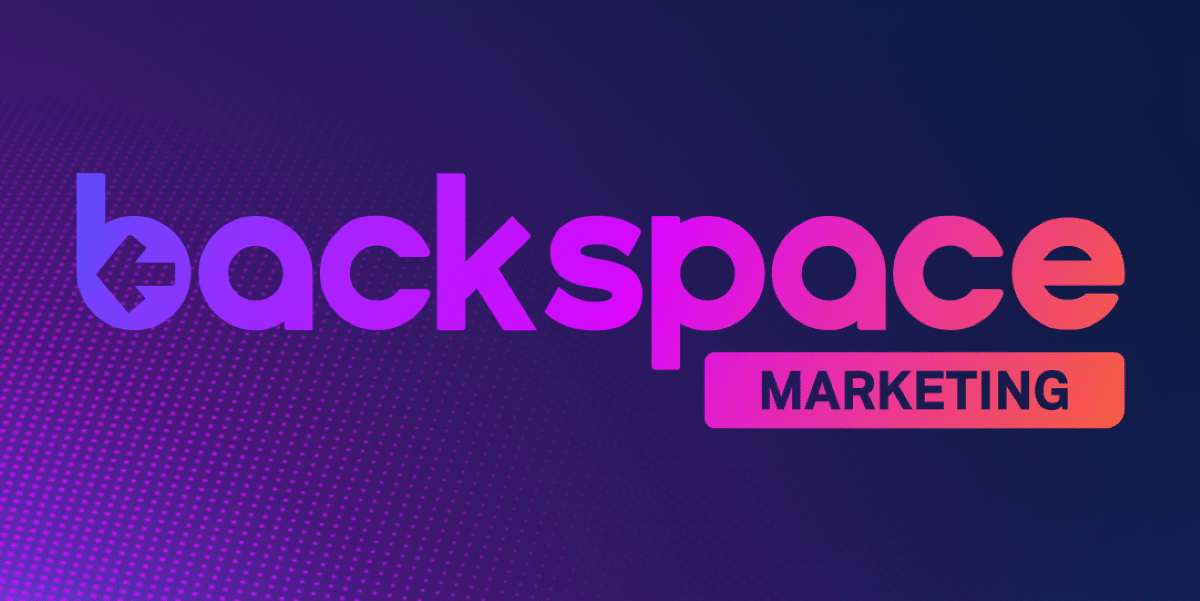Continuous Threat Exposure Management: Key Cyber Trend 2024
As cyber threats continue to evolve in sophistication and frequency, Continuous Threat Exposure Management (CTEM) has emerged as a key trend in 2024, revolutionizing how businesses protect their digital assets. With cyberattacks becoming increasingly persistent, organizations can no longer rely on periodic assessments or reactive defenses. Instead, CTEM offers a proactive approach to cybersecurity, continuously monitoring, assessing, and mitigating risks in real time. This approach ensures that businesses stay ahead of potential vulnerabilities and cyber threats before they can cause significant harm.
The Need for Continuous Threat Exposure Management
In the digital age, businesses face a vast and constantly changing threat landscape. From ransomware and phishing attacks to insider threats and data breaches, organizations must defend themselves against a wide array of cyber risks. Traditional methods of threat management, such as annual security audits or scheduled vulnerability assessments, are no longer sufficient in dealing with the speed and agility of modern cyberattacks.
CTEM addresses this gap by providing a continuous, automated process that constantly evaluates an organization’s exposure to cyber threats. This proactive strategy ensures that security teams can identify and respond to vulnerabilities as soon as they arise, minimizing the window of opportunity for cybercriminals.
How CTEM Works
Continuous Threat Exposure Management involves a combination of advanced technologies, such as artificial intelligence (AI), machine learning, and automation, to provide real-time insights into an organization’s security posture. The process typically includes the following steps:
- Continuous Monitoring: CTEM constantly monitors an organization’s systems, networks, and endpoints for potential vulnerabilities or suspicious activity. This real-time surveillance allows security teams to detect threats at the earliest stages, preventing them from escalating into major incidents.
- Threat Assessment: Once a potential threat is detected, CTEM tools analyze the risk level and prioritize vulnerabilities based on the potential impact on the organization. This enables security teams to focus their efforts on the most critical threats first.
- Risk Mitigation: After identifying the most pressing vulnerabilities, CTEM solutions provide recommendations for mitigating these risks. This can involve patching software, updating security configurations, or implementing new security controls.
- Response and Recovery: In the event of a cyber incident, CTEM ensures that organizations have predefined response plans in place, allowing them to quickly contain and mitigate the impact. Continuous assessment also aids in faster recovery by providing detailed insights into how the attack occurred and what steps need to be taken to prevent future breaches.
Key Benefits of CTEM
The shift toward Continuous Threat Exposure Management offers several key benefits for organizations looking to enhance their cybersecurity posture in 2024:
- Real-Time Threat Detection: CTEM allows for real-time threat detection, significantly reducing the time between a vulnerability being exploited and the organization’s response. This swift action can prevent minor threats from escalating into full-scale cyber incidents.
- Improved Security Posture: By continuously assessing and mitigating risks, CTEM enables organizations to maintain a stronger overall security posture. Security teams can stay on top of emerging threats and ensure that their defenses are always up to date.
- Cost Efficiency: Traditional cybersecurity strategies that rely on periodic assessments can be costly and inefficient. CTEM, on the other hand, provides ongoing protection without the need for frequent, resource-heavy audits. This continuous process also helps reduce the potential costs associated with data breaches or system downtime.
- Adaptability: CTEM systems are designed to adapt to new and evolving threats, making them highly effective in dealing with the constantly changing cyber landscape. This adaptability ensures that organizations are protected against both known and unknown threats.
A Must-Have for Cybersecurity in 2024
As cyberattacks grow in complexity, CTEM has become a must-have strategy for organizations of all sizes. The increasing reliance on digital tools and remote work has expanded the attack surface, making it more critical than ever for businesses to adopt proactive security measures. CTEM’s continuous monitoring and real-time response capabilities provide organizations with the tools they need to protect their sensitive data and operations.
Industries such as finance, healthcare, and technology, which are frequently targeted by cybercriminals, are leading the charge in adopting CTEM strategies. By leveraging these advanced threat management solutions, businesses in these sectors can stay ahead of sophisticated cyberattacks and safeguard their operations in an increasingly hostile digital environment.
The Future of CTEM
Looking ahead, Continuous Threat Exposure Management is poised to become an integral part of cybersecurity strategies across industries. With the rise of AI-powered cyberattacks and increasingly complex threat vectors, the need for continuous, automated threat management will only intensify. In response, more cybersecurity providers are developing advanced CTEM solutions that integrate AI and machine learning to offer even greater levels of automation and accuracy.
As CTEM tools continue to evolve, we can expect to see even more emphasis on predictive analytics, allowing security teams to anticipate threats before they occur. Additionally, the integration of CTEM with other cybersecurity measures, such as Zero Trust architecture and endpoint detection and response (EDR), will create a comprehensive defense framework for organizations in the future.
Conclusion: A Key Trend for 2024 and Beyond
Continuous Threat Exposure Management represents the future of cybersecurity, offering a proactive, automated approach to defending against ever-evolving cyber threats. By continuously monitoring, assessing, and mitigating risks in real time, CTEM enables organizations to stay ahead of attackers and protect their most valuable assets. As cyberattacks become more frequent and sophisticated, CTEM will play a critical role in shaping the future of cybersecurity.
For more insights on Continuous Threat Exposure Management and its impact on cybersecurity in 2024, read the full article insiderreporter.com.
Published By: Aize Perez




